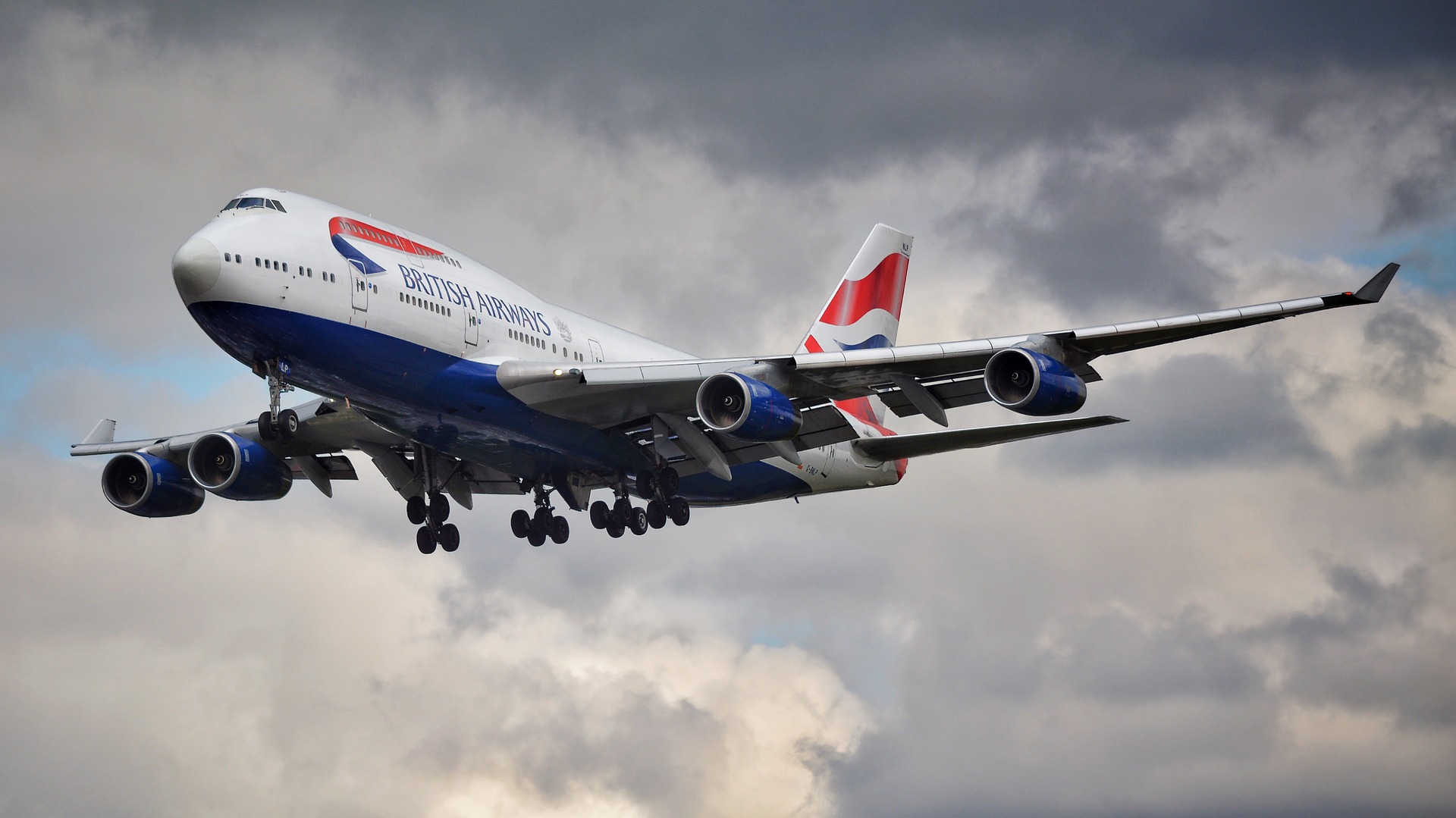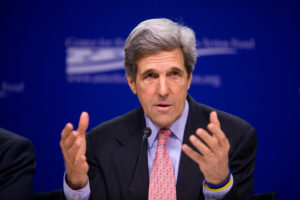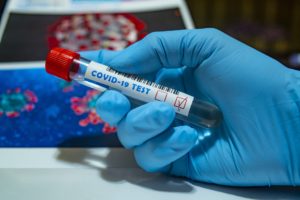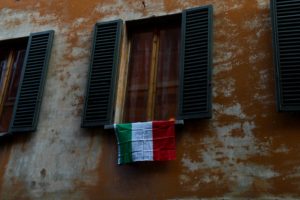The United Kingdom and United States governments continue to discuss the possibility of a travel corridor from London to New York, which would allow tourists to travel between the two countries without the need to quarantine.
Currently, UK citizens are banned from entering the United States. US citizens can fly to the UK, but are required to quarantine for 14 days. If they violate these quarantine measures, they face a $1,245 fine. This prospect seems to have prevented US citizens from wanting to travel to the UK – in August passenger numbers for North America were down by over 95 %.
Quarantine-free travel would not only help the tourism and airline industries, but might also provide an important tool for business and trade agreements when the UK’s Brexit transition period ends on December 31.
The UK issued a mandatory 14 day quarantine for people arriving from outside the country on June 8. This measure was met with fierce economic opposition from tourism and hospitality industries.
England’s current Rule of Six, which deems gatherings of more than six people illegal, aims to prevent new coronavirus cases. Additionally, the Metropolitan Police created a user-friendly way for people to report incidents.
UK Policing Minister Kit Malthouse encouraged people to call the non-emergency 101 number to report incidents of neighbours breaching the rule.
On Tuesday, September 15, Malthouse told BBC Radio that it is citizens’ responsibility to uphold the standards of the rule.
“It is open to neighbours to do exactly that through the non-emergency number,” Malthouse said. “And if they are concerned and they do see that kind of thing, then absolutely they should think about it.”
People could face fines of £100 for the first offense and a maximum of £3,200 for repeat offences.
According to The Guardian, Border Force officials have set a target of checking about a third of arrivals to the UK to ensure they have forms to aid test-and-trace efforts. Test-and-trace means tracking down anyone that somebody with an infection may have been in contact with. This requirement may lead to countries like Portugal that were recently added to the UK’s “safe” travel list, to be removed from the list, due to a new rise in coronavirus cases within the respective countries.
Amidst growing anger about the UK’s current testing practices, recent results point out that the system is failing. About nine out of ten coronavirus tests failed to meet the 24-hour window for returning results. The Guardian reported that the 18,371 people who tested positive for the virus between September 3 and 9 marked the highest weekly number since the trace system launched in May. Only 1.9 % of people who took home test kits received their results within 24 hours, which is the lowest mark since the NHS test-and-trace launch.
In a press interview on Friday, September 19, UK prime minister Boris Johnson predicted a second wave of coronavirus infections in the Fall.
“Obviously, we’re looking carefully at the spread of the pandemic as it evolves over the last few days,” Johnson said,“And there’s no question, as I’ve said for several weeks now, that we could expect, and we are now seeing, a second wave coming in.”
England’s NHS test-and-trace system, which requires anyone who tested positive for COVID-19 to isolate for 14 days, is meant to help to avoid the reintroduction of lockdown measures. The government now hopes to ramp up daily testing from around 200,000 to 10 million – with Deloitte, the private sector consulting company, identified as a key partner in the newly introduced Moonshot strategy. Operation Moonshot, a £100 billion initiative to conduct mass testing, hopes to get fans back to soccer games, revitalize the economy and up testing 50-fold in the next six months. It remains to be seen how feasible implementing Operation Moonshot will be.
A potential air-bridge agreement between the US and the UK would allow two-way travel without restrictions. The July 3 announcement of the countries exempted from the UK’s quarantine measures did not include the United States. Due to the continuing surge in COVID-19 cases, the country was left off of the list. New York, however, has managed to keep the coronavirus infection rate below 1%, which might help travel agreements to advance sooner as compared to other parts of the US.
The UK government updated its list of places exempted from its quarantine requirement on August 22, adding Portugal to the list. Only countries colored green or amber in terms of COVID-19 risk made it on the list. This is the reason why the US, currently colored red, was not listed. Countries with one or fewer new daily cases per 100,000 people are marked green, places with one to nine cases per 100,000 receive the color amber and ten to 24 cases per 100,000 are marked orange. Red countries have 25 cases or more per 100,000.
The details of how this travel agreement, specifically between New York and London, would be executed are not yet clear. Travel corridors would be available from New York to London, usable by travelers within these cities, and potentially accessible from low-risk areas nearby.
Due to the difference in state-by-state lockdown policies, the project would rely on existing testing measures at airports. The initiative would start on a city-by-city basis, at John F. Kennedy International Airport or LaGuardia Airport for example, with the potential to expand to a nearby airport such as Newark Liberty International Airport in New Jersey.
In order for the ‘air bridge’ plans to move ahead, the countries included in the agreement would need a coronavirus test and trace system matching UK standards, as well as a low virus infection rate. The UK believes if they can rapidly identify cases through this system, it would help avoid social and economic restrictions and enable a full reopening of the economy and travel.
The UK’s COVID-19 measures are one aspect of trying to ensure safety for potential passengers on the London to New York travel corridor. As talks strengthen, it remains unknown how exactly the countries will ensure safety in these city-specific airways.
The US has already started discussions with Germany for travel corridors between Chicago, Boston, Los Angeles and New York with Frankfurt and Munich. The discussion of travelling from New York to London without having to quarantine is a potential initiative to watch out for in the coming months. Officials hope to be able to put it in place before the start of 2021.
What happens abroad, while also looking at the virus trajectory and how cases move in New York state, could make the decisions clearer. Whether it be a second wave abroad or domestically, rising case numbers could pose a threat to the ‘air bridge’ initiative.
(Photo Credit: Pixabay)






Be First to Comment